Rodger Liddle
Lead PI (Core Leadership)
Duke University
Rodger A. Liddle, MD, received his medical degree from Vanderbilt University and postdoctoral training at the University of California, San Francisco (UCSF). He has served on the faculties of UCSF and Duke University. At Duke, Dr. Liddle has held numerous leadership positions, including Chief of the Gastroenterology Division.
Dr. Liddle’s research focuses on enteroendocrine cell biology and pancreatic pathobiology. His laboratory discovered neuropods that connect enteroendocrine cells to nerves and provide a connection between food and microbes in the gut and the nervous system. He also discovered that enteroendocrine cells contain alpha-synuclein.
Dr. Liddle is a member of Alpha Omega Alpha, the American Society for Clinical Investigation, and the Association of American Physicians. He has served as Associate Editor of Gastroenterology, the American Journal of Physiology, the Journal of Clinical Investigation, and JCI Insight. He recently received the Lifetime Achievement Award from the American Pancreatic Association and has also served as its president.
Recent ASAP Preprints & Published Papers
Lewy body diseases and the gut
Gut mucosal cells transfer α-synuclein to the vagus nerve






